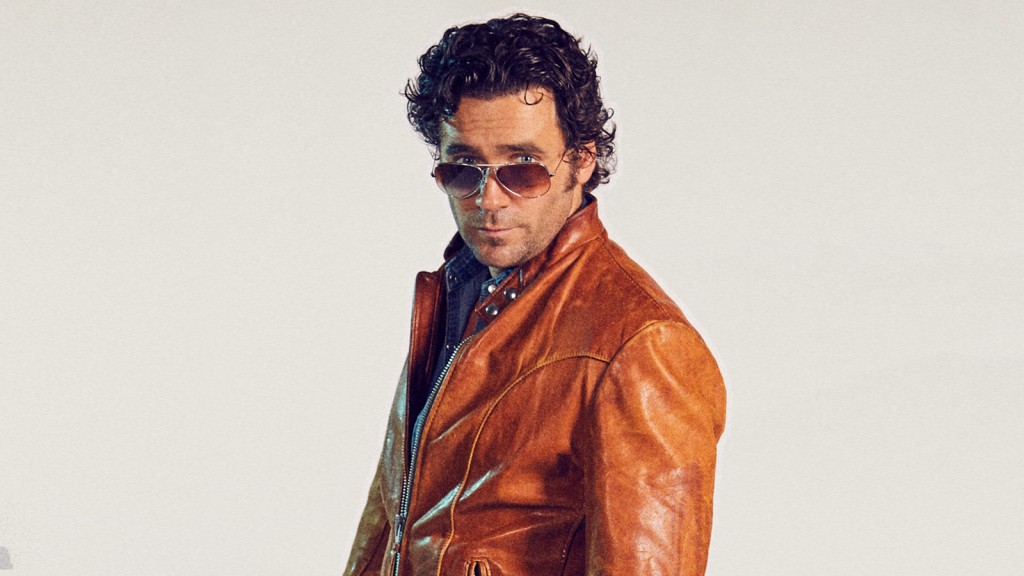
It’s (t)raining cats and dogs
By Janis McMath, Editor-in-Chief
Commonly seen as the easiest animal to train for film, dogs are great movie superstars as they are eager to please and are desperate to be the centre of attention. They are different from other animals as they are “the only animal that that genuinely wants your attention and your affection and praise. Working with the other animals is typically working with food reward.”
Many of the dogs that have a talent for showbiz often were previously titled “high energy,” “hyper,” “misfits,” and even a “terror” by some—including the trainer for famous TV dog Eddie from Frasier. Some dogs need more mental stimulation or they act out, so these dogs greatly benefit from working in showbiz. It is similar to how only some dogs are cut out to be in law enforcement or therapy because of their personalities. It isn’t easy however; dog actors are at the minimum expected to be well trained on off-leash basic obedience.
Cats are one of the hardest animals to train—but it isn’t as impossible as you may think. Just like every other animal they are motivated by food so using treats along with a clicker—a machine that makes a clicking noise—to affirm the cat’s actions and let them know a treat is coming. This allows for training and this technique is the same as how dogs are trained (think Pavlov’s bell). Cats are less eager to please than dogs though, so the training is understandably harder with a disinterested student.
Considering the animal’s welfare
The BC SPCA has a statement on animal acting which emphasizes that they are always opposed to wild animals in the film and television industry. But, the use of domesticated animals is accepted as long as rules about safety, humane standards, and the upkeep of their “Five Freedoms”—a concept from the 1965 UK Government in examining commercial farms—are observed. (The BC SPCA offers an important contextualizing definition of domesticated animals: “Species that have been selectively bred by humans over […] often thousands of generations, in order to alter their genetics to create animals that are dependent, docile, predictable, and controllable.”)
While Hollywood still isn’t perfect and there are still examples of negligence when it comes to the treatment of animals on set, there are many rules in ensuring an animal’s welfare. For example, a representative of the animal protection agency is required to be on scene. Animal actors often have duplicates to perform scenes if they are tired or uninterested.
Another reason they cast multiple similar looking animal actors for the same role (Buddy from AirBud was played by six different golden retrievers) is because different animals have different skills and personalities. Animal actors are definitely type cast.
More positives: it is common for trainers to rescue and rehome all the animals they train for shows and films. For example, well-known trainer Julie Tottman said that “all the dogs that played Fang [in the Harry Potter films] were rescue dogs.” Actors and others working on the set often adopt animals after working with them and getting to love them. It is essential that actors get along with the animals because it helps the animal focus on who they are working with instead of the trainer—and that often leads to adoption.
Acting secrets
-A single scene can require an animal to do multiple actions and move around, so often multiple trainers are needed to guide them through.
-If
an animal needs to wear makeup or dye in their fur, there are special animal
friendly products—and sometimes the makeup is edible so they can simply lick it off of themselves.
-Dog and cat actors need to hit their “mark” just like their human
counterparts, and for dogs this requires association to an object. Trainer Tottman starts
with a large object (like a block of wood) in training and then uses
increasingly smaller objects. Cats however can be trained with a laser pointer.
-To train a cat to hiss, some trainers use a snake toy to elicit a hiss (or
wait for the cat to hiss naturally) and reward the cat every time it hisses.
-“Free shaping” training involves
putting a marker down and waiting for the animal to decide what the correct
course of action is. It is a “hot cold guessing game.” This is contrasted to
training by luring an animal with a reward.
-To get a dog to look depressed, a trainer can use their own emotions to affect
the dog; talking in a sad tone and body language that
communicates that you’re down can get a dog to emulate the same emotions for a
scene.


